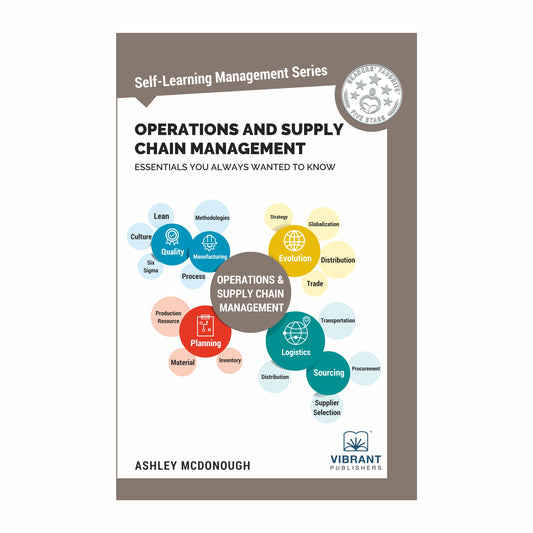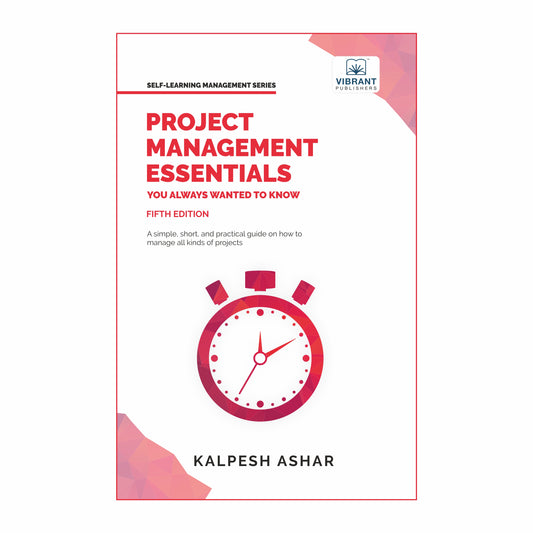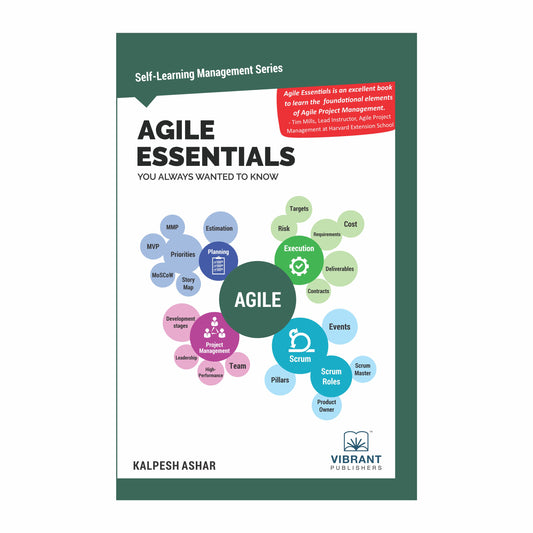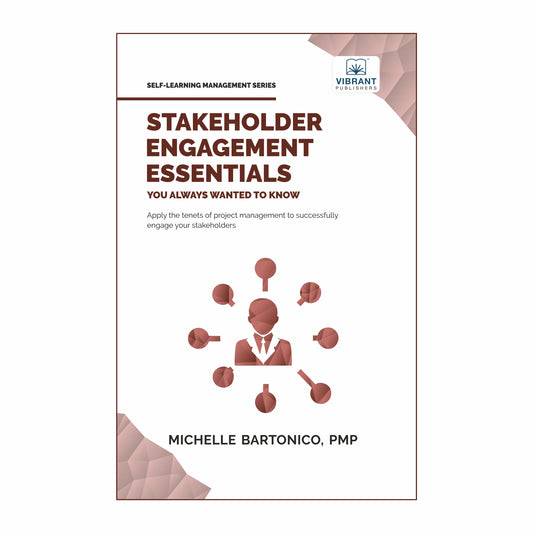If you don’t have sufficient funds, it’ll be a major challenge to complete a project successfully. A well-planned budget is essential to develop a project on the right foot and make the best use of available resources. This article will provide insight into what’s involved in determining an appropriate budget for your organization as well as the benefits it provides. Before we begin, we need to define what a project budget is.
What is a project budget?
A project budget is an estimated cost of all the tasks, milestones and activities involved in a project. In other words, it is the total amount of money that you need to complete every phase of a project. The project budget includes material, operating and labor costs. A project budget is important during the development of a project. Without a project budget, your project could lead to waste of resources, money and may even end up incomplete. Now that you’ve learned the definition of a project budget, how do you determine the appropriate budget for your project? You’ll learn about this in the next section.
5 techniques for determining the appropriate budget for a project
Project budgeting can be challenging. However, the budget of a project depends on the nature of the industry and complexity of the project. The more complex the project, the more difficult it will be to determine the right budget for a project. Here are 5 techniques you can use to determine a well-planned budget for a project:
1. Bottom up estimation
Bottom up estimation involves the estimating of a project in the most detailed possible way. Rather than estimating a project in a general sense, each part of the project such as milestones, tasks are estimated and then rounded up to get the estimated project cost. A disadvantage of this approach is that it takes more time to complete but the detailed time and cost estimate of a project improves the chances of meeting the estimated project cost.
2. Top down estimation
Top down estimation is the opposite of the bottom up approach. This approach involves taking the estimated project cost and then breaking it down into smaller fractions. The type of budget estimation is ideal if you already have a fixed budget cost.
A downside to this approach is that it’s less detailed compared to the bottom up estimate. It can be hard to predict the total cost of a project without understanding the project scope and plan. A way around this challenge is to understand how each milestone and task in the scope affects the initial fixed budget.
3. Analogous estimation
This type of estimation is normally ideal if you’re not new to project management. Analogous estimation leverages past project data to determine the cost of your current project. An advantage of this approach is that it provides a better way of estimation during the early stages of a project especially when few details of the project have been identified.
4. Three-point estimation
Three-point estimation presents a more realistic approach to determine a project budget. It allows you to establish a weighted average based on the best, worst and most likely budget cases. Since you’ll be evaluating project costs from different perspectives, you’ll arrive at a more realistic budget. An upside to this approach is that it reduces the chances of going over budget because your project plan will include every detail of your estimates.
5. Parametric estimation
As the name implies, parametric estimation is an estimate based on parameters that define specific parts of a project such as costs, complexity, duration and then apply them to the current project. An upside to this approach is that it can be used in complex and diverse projects.
The benefits of an effective project budgeting
Project budgeting goes beyond just knowing what an entire project would cost. A well-planned budget provides the following benefits:
1. Helps establish guidelines
A well-planned budget enables you to set clear expectations at the start of a project. In some cases, a project may have the need to accomplish several priorities. When you have an effective project budget, the project manager can know how much he can spend on any particular project.
2. Helps prioritize different parts of the project
Another benefit of a project budget is that it helps you set clear priorities during project development. There may be some situations where the available funds may not be enough to complete a project. In this case, you can work on the tasks with the most priority while you put other tasks on hold.
3. Promotes future thinking and planning
Like we mentioned earlier, there may be some situations where the fixed project budget may not be enough to complete a project. Having a placed budget enables you to plan ahead. For example, when you prioritize tasks due to insufficient funds, you should know the additional funds you will need to complete the entire project.
4. Cost estimating
With an established budget, the project manager can determine the amount of money that can be spent on each phase of the project. As a result, you can determine whether the fixed budget will be enough to complete the project.
5. Quick access for documentation
There are cases where you may need to retrace your steps during project development. With a project budget, you can always go back to evaluate project expenses and know how funds have been used during the phases of the project development.
Some examples of popular project management software with budgeting features
When you begin the process of project budgeting, automation can be helpful especially if you’re dealing with a complex project. Here are some examples of project management software with budgeting features.
1. Forecast
Forecast is an AI powered software that enables organizations to predict project costs. It offers a visual budget that has an overview of revenue, cost and profit. This way, you can see how the time entries affect the project budget.
2. Orangescrum
Orangescrum is an open source project management software that enables you to view your entire project budget in one screen. With Orangescrum, you can define budget, add billing rate, monitor your budgets and reports in real-time.
3. Scoro
Scoro’s project budgeting software enables you to view your organization’s financial performance in real-time. Scoro allows you to create a separate budget for each project. You can also keep track of the budget against actual income and expenses.
Conclusion
Project budgeting may seem like a difficult task in project management but it is crucial to ensure your project is developed successfully. With a well-planned project budget, you reduce the chances of going over budget and increase profits.
Learn more about how you can manage the complexity of modern projects in the 5th edition of Project Management Essentials You Always Wanted To Know. This book provides accurate and authoritative information on project management best practices.





